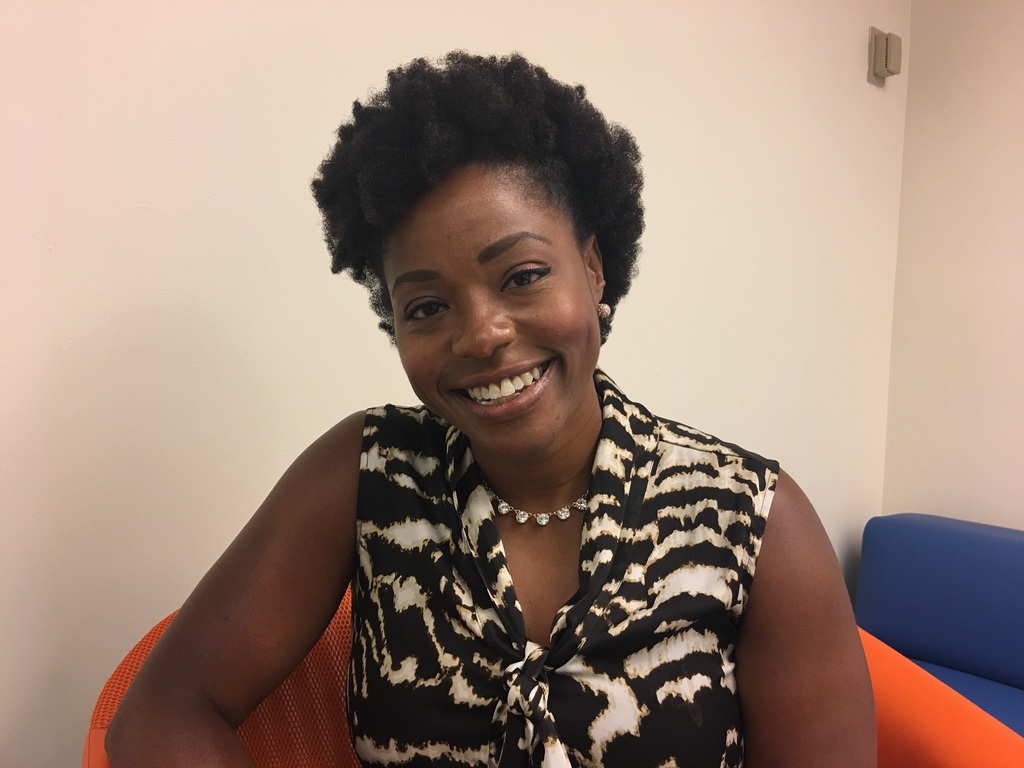PeerConnect, counselling office at GBC and advocacy department at SA are offering support for students post-strike
Even after the strike is over, students still are full of questions. Many are unclear with what’s going on their assignments or what is going to happen with the content that they missed. Some are now wondering if they should drop out and take the tuition refund.
Students have a lot of concerns and the answers can be complex.
According to Tenniel Rock, the manager of the counselling and student well-being office at George Brown College (GBC), the college understands how hard the strike has been on the students and it is taking actions to support them.
Rock highlights PeerConnect workshops about stress management, mindful meditation and organization as ways to help students get through this tough moment. She also points out that students can book one-on-one appointments at the counselling office.
But the most important thing, according to Rock, is the students have a plan post-strike.
“There are a lot of things that are going to stress you out when you can not control them; but you can control as you plan,” she said. “We’re just creating an opportunity for students reflect on what this (stress post-strike) looks like for them and then studying this stuff to help people to do their plan.”
GBC students are experiencing a stressful environment. Anger, frustration, and fear are just some of the feelings that they have expressed in this uncertain moment. The college’s page on Facebook, for example, has a long list of student complaints. The same has happened offline, with the college receiving a lot of student complaints.
The academic advocacy office of the Student Association, which supports students on academic issues with the college, has been trying to give the students a voice. The advocacy staff is also doing outreach about their services at GBC campuses.
The Student Association funds The Dialog.
Jade Marqueses in the advocacy department encourages students to report their questions and complaints to the their office so that they can formally submit them to George Brown and ask for concrete answers.
“We go for high traffic areas, walk around and we go to the library to try to engage students, especially to put these questions together,” said Marqueses. “We want to reach as many students we can.”


